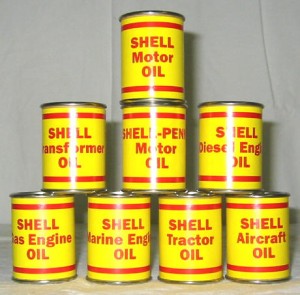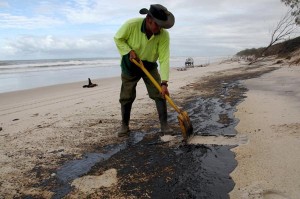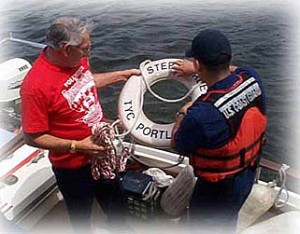The Importance of Labeling
 Purchasing in bulk is a good way to save money. Without proper labeling, however, accidents can occur. This is especially true when chemicals or oil is ordered in bulk.
Purchasing in bulk is a good way to save money. Without proper labeling, however, accidents can occur. This is especially true when chemicals or oil is ordered in bulk.
That is why all of my bulk oil is labeled clearly. In large letters I write out what the substance is and the date it was stored. I’ve also put up caution signs on and inside of the shed where I store the bulk oil containers. This is to ensure that anyone in the area knows to stay away with flames.















